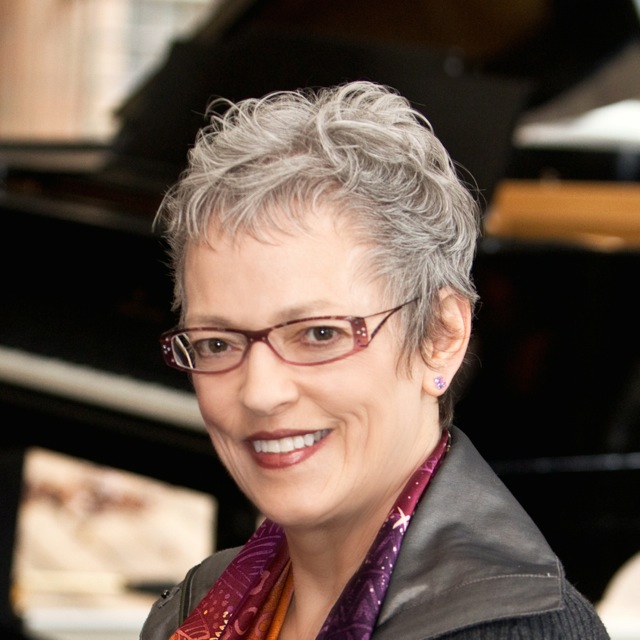cindy mctee
ADAGIO
for string quartet
2003
11.5 minutes
Two possible configurations. Set of parts includes both.
Violin 1
Violin 2
Viola
CelloViolin 1
Violin 2
Cello 1
Cello 2
for information, perusal materials, sales, or rental, please visit
Adapted from my Agnus Dei for organ in the wake of events following the horror of September 11, 2001, the Adagio became the second movement of my Symphony No. 1: Ballet for Orchestra, and was subsequently transcribed for string quartet. Adagio for string quartet was premièred by the Adkins String Ensemble in Denton, TX on March 7, 2004.
The Adagio gradually exposes a hauntingly beautiful melody (Ab, G, F, C, Db, Eb, Db, C) from Krzysztof Penderecki's Polish Requiem which appears in its entirety at about three-quarters of the way through my work. Most of the material in my piece consists of two or three-note fragments taken from this melody, especially a falling half-step and subsequent whole-step emphasizing the interval of the minor third. Reflecting my interest in using both atonal and tonal materials within the same piece of music, the work begins with some tension and anguish, then moves through several sections which are introspective and peaceful. Optimism and joy finally give way at the end to a sense of uncertainty and a reference to the work's opening.
All night have the roses heard
The flute, violin, bassoon;
All night has the casement jessamine stirr'd
To the dancers dancing in tune;
Till a silence fell with the waking bird,
And a hush with the setting moon.
---- Alfred Lord Tennyson, Maud, and Other Poems
For reviews of Cindy McTee's
AMERICAN CLASSICS NAXOS CD
featuring four orchestral works (including Adagio as part of Symphony No.1) performed by the Detroit Symphony Orchestra
under Leonard Slatkin, click here.
. . . a hauntingly affecting adagio featuring the string section, an adaptation of her Agnus Dei for organ, composed in response to the events of the 9/11 attacks. The beauty and poignancy of this movement, which delivered an emotional impact similar to that of Samuel Barber’s Adagio for Strings, ranks it among the highlights of this season’s music making.”
Barbara Rose Shuler
Santa Cruz Sentinel
––––––––––––––––––––––––––––––––––––––
McTee’s (nearly-twelve-minute) Adagio owes to Penderecki’s Polish Requiem and is a well-expressed and consoling if uneasy lament, while perhaps finding something beatific in the closing measures, a sad, tear-stained, acceptance.
Colin Anderson
ClassicalSource.com––––––––––––––––––––––––––––––––––––––
This is a beautiful work of very intense emotion . . .
Robin McNeil
Opus Colorado––––––––––––––––––––––––––––––––––––––
Dr. McTee, who teaches at the University of North Texas, has produced a number of impressive compositions, and her Adagio . . . performed Friday night, does nothing to spoil her record. In fact, it would make a decent substitute for Samuel Barber's Adagio for Strings as a solemn commemorative piece. The work is a transcription of a movement of Dr. McTee's Symphony No. 1, which was premiered by the National Symphony. . . . although often highly chromatic [the Adagio] does not seem in the least abrasive. It's an impressive work.
Olin Chism
The Dallas Morning News––––––––––––––––––––––––––––––––––––––
There is much to engage the ear . . .
Tim Smith
The Baltimore Sun––––––––––––––––––––––––––––––––––––––
a throaty elegy . . .
Steve Smith
The Washington Post––––––––––––––––––––––––––––––––––––––
lush string writing . . .
Allan Kozinn
The New York Times

